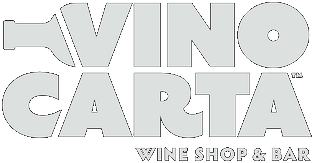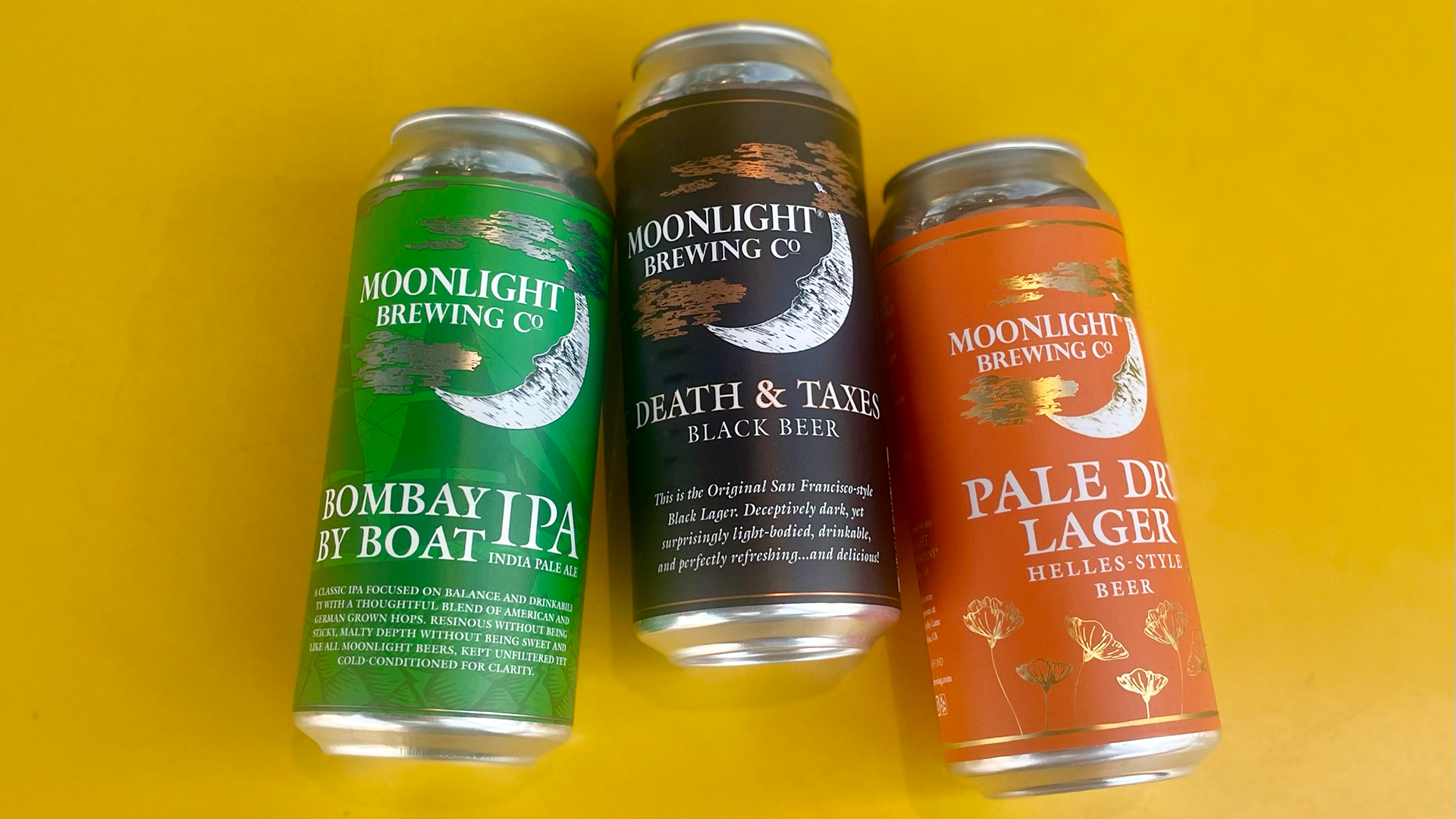
Beer Shop News
Beer of the Week and Updates

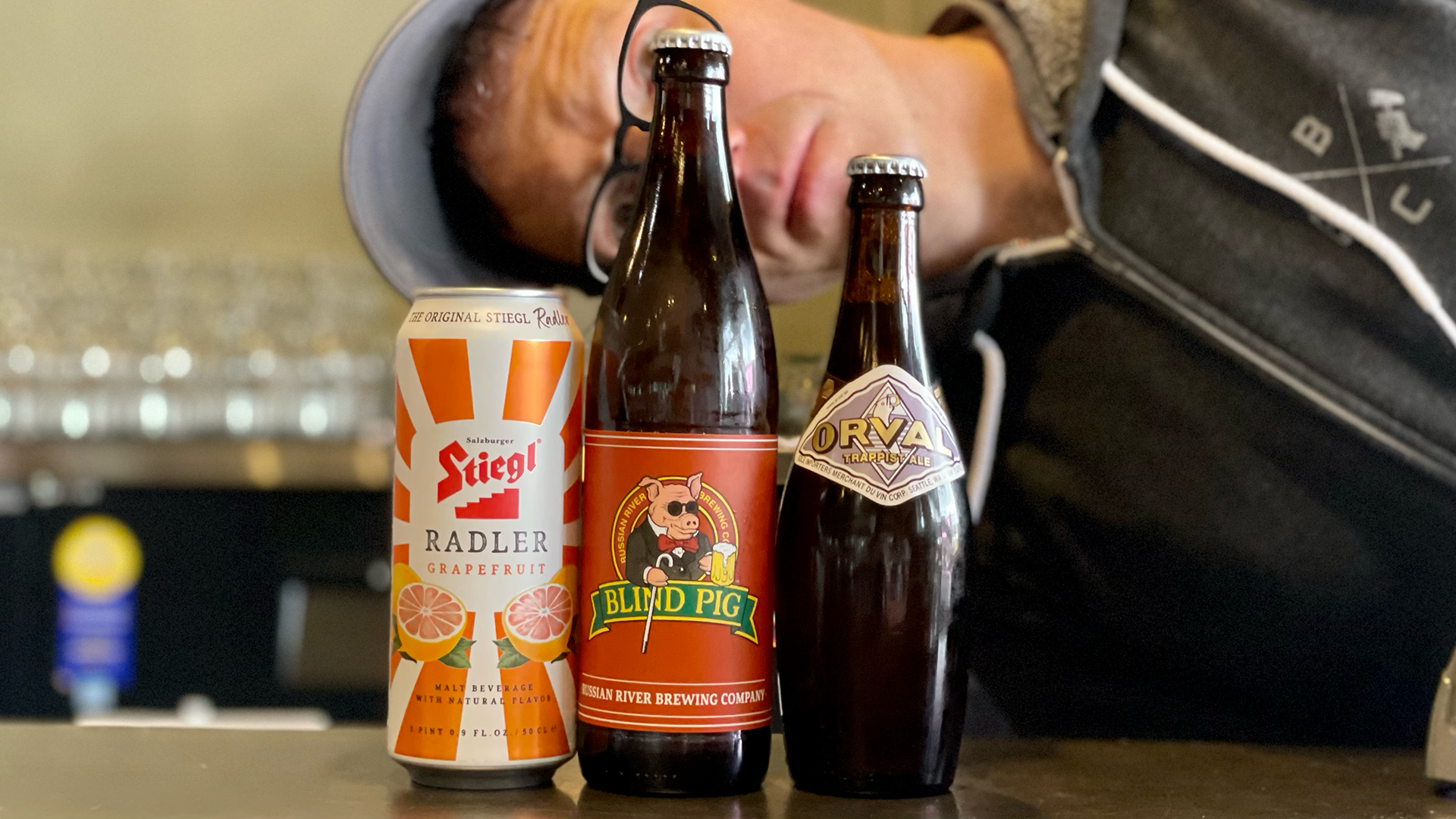
Beers of the Week March 21st, 2023
March 23, 2023
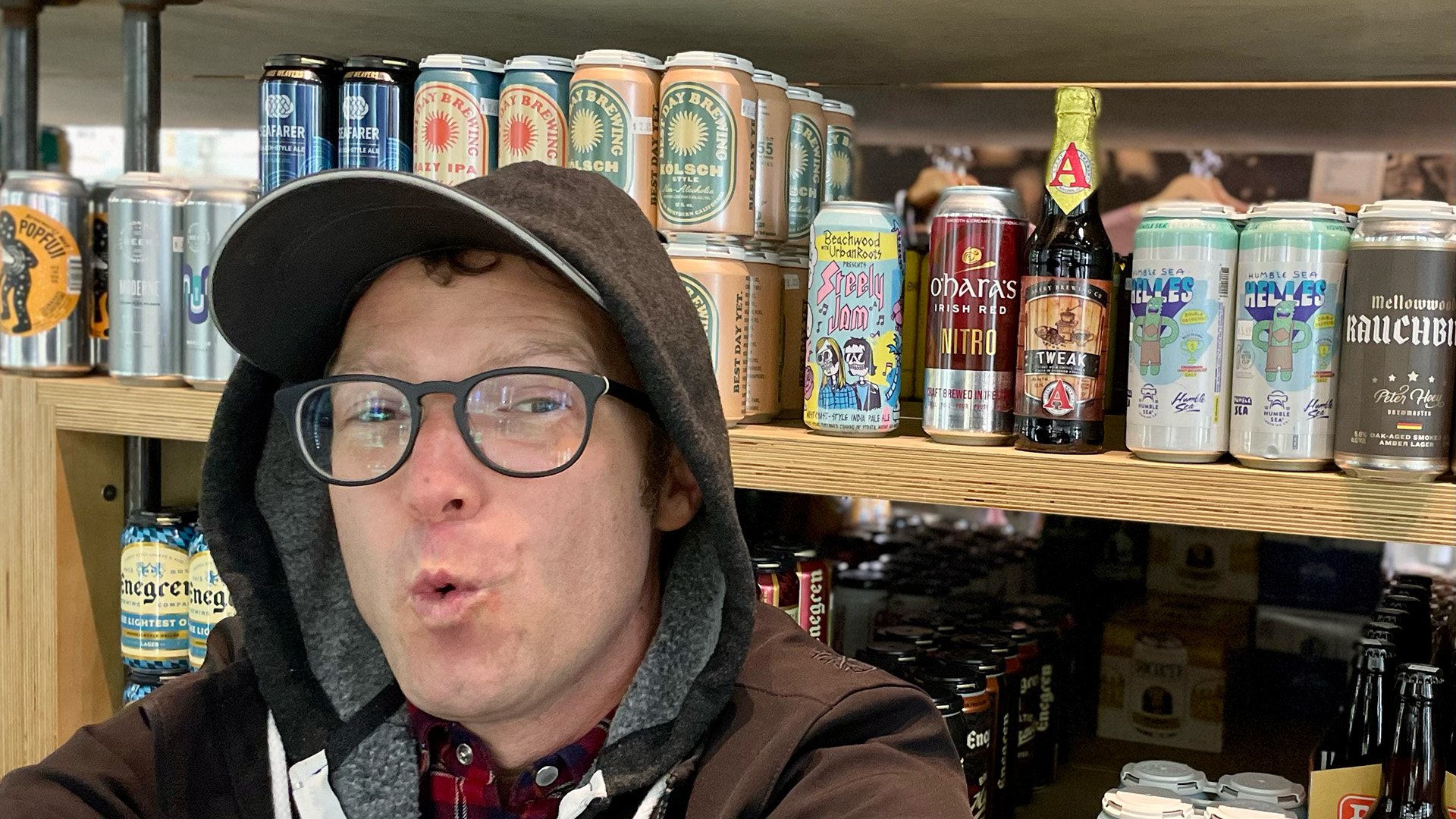
Beers of the Week March 14th, 2023
March 17, 2023
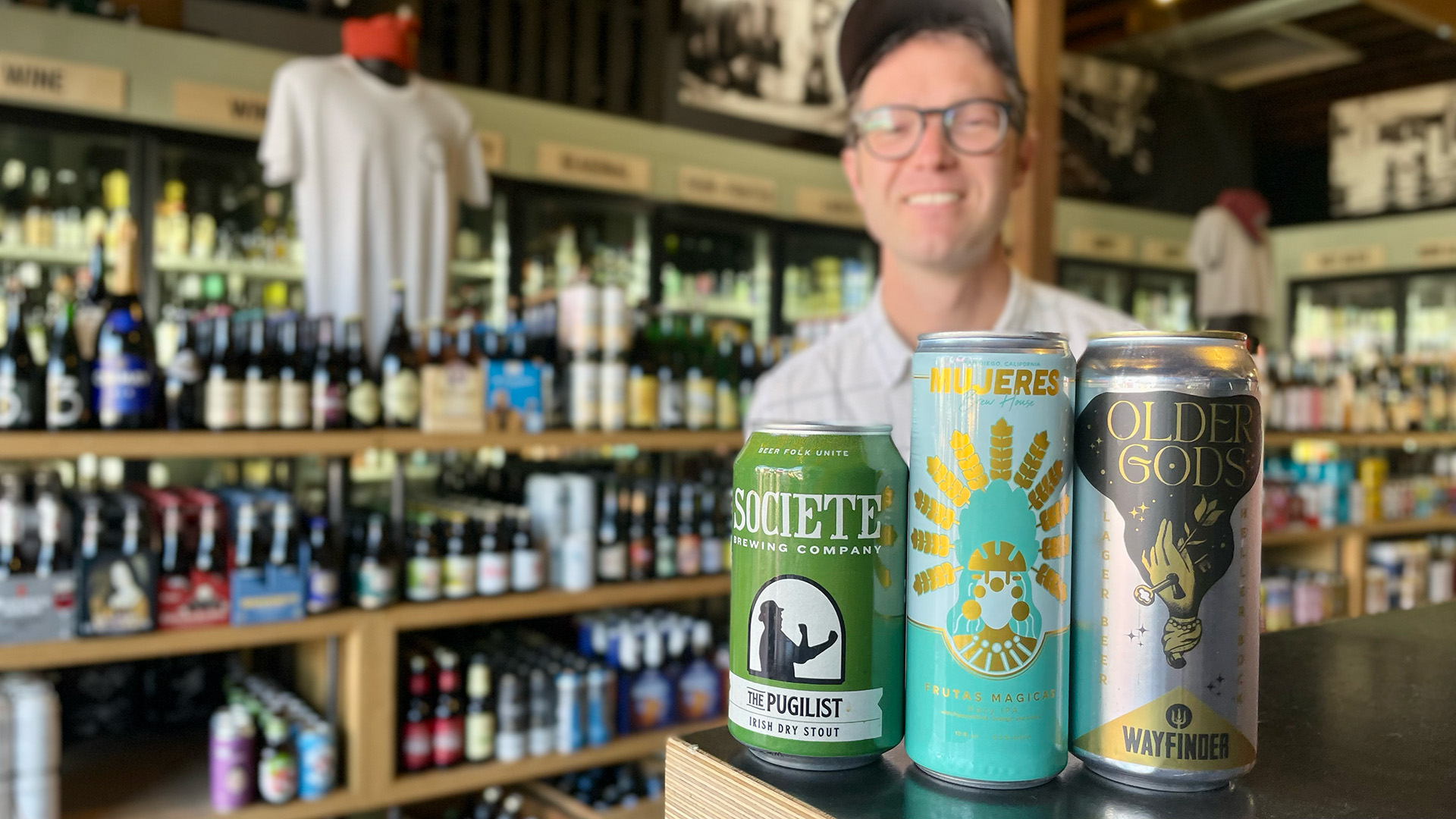
Beers of the Week March 8th, 2023
March 9, 2023
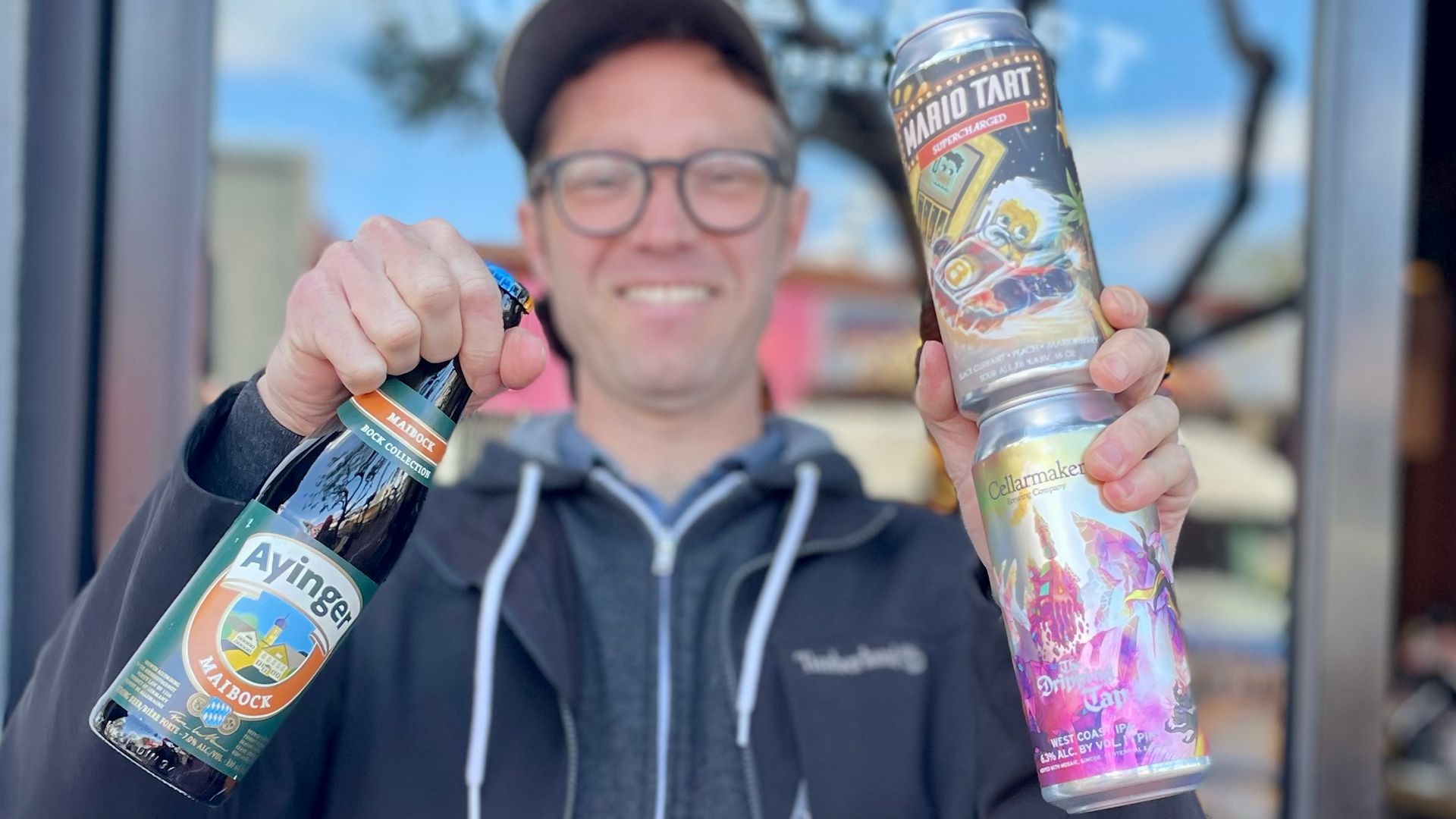
Beers of the Week February 28th, 2023
March 2, 2023
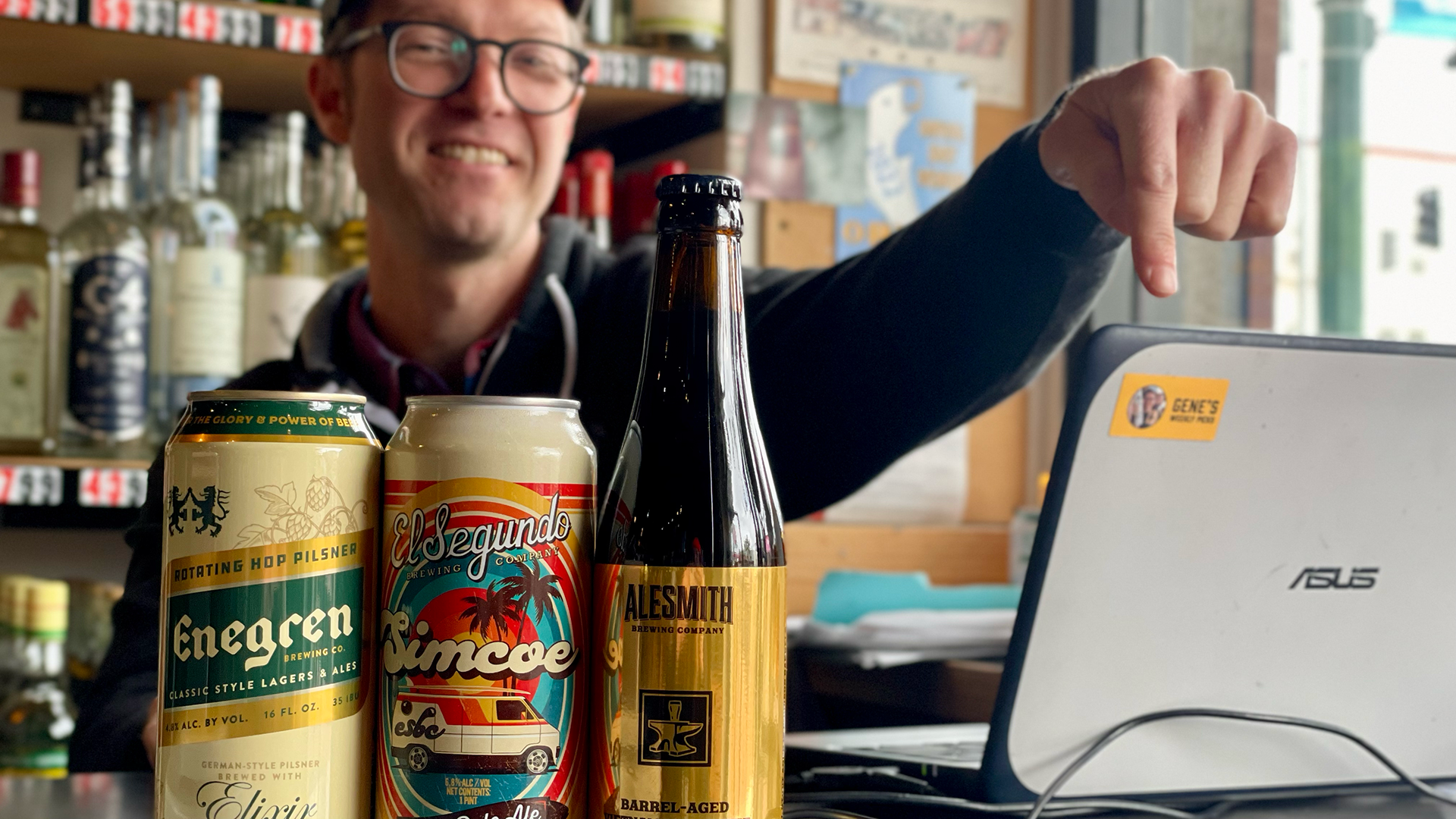
Beers of the Week February 21st, 2023
February 23, 2023
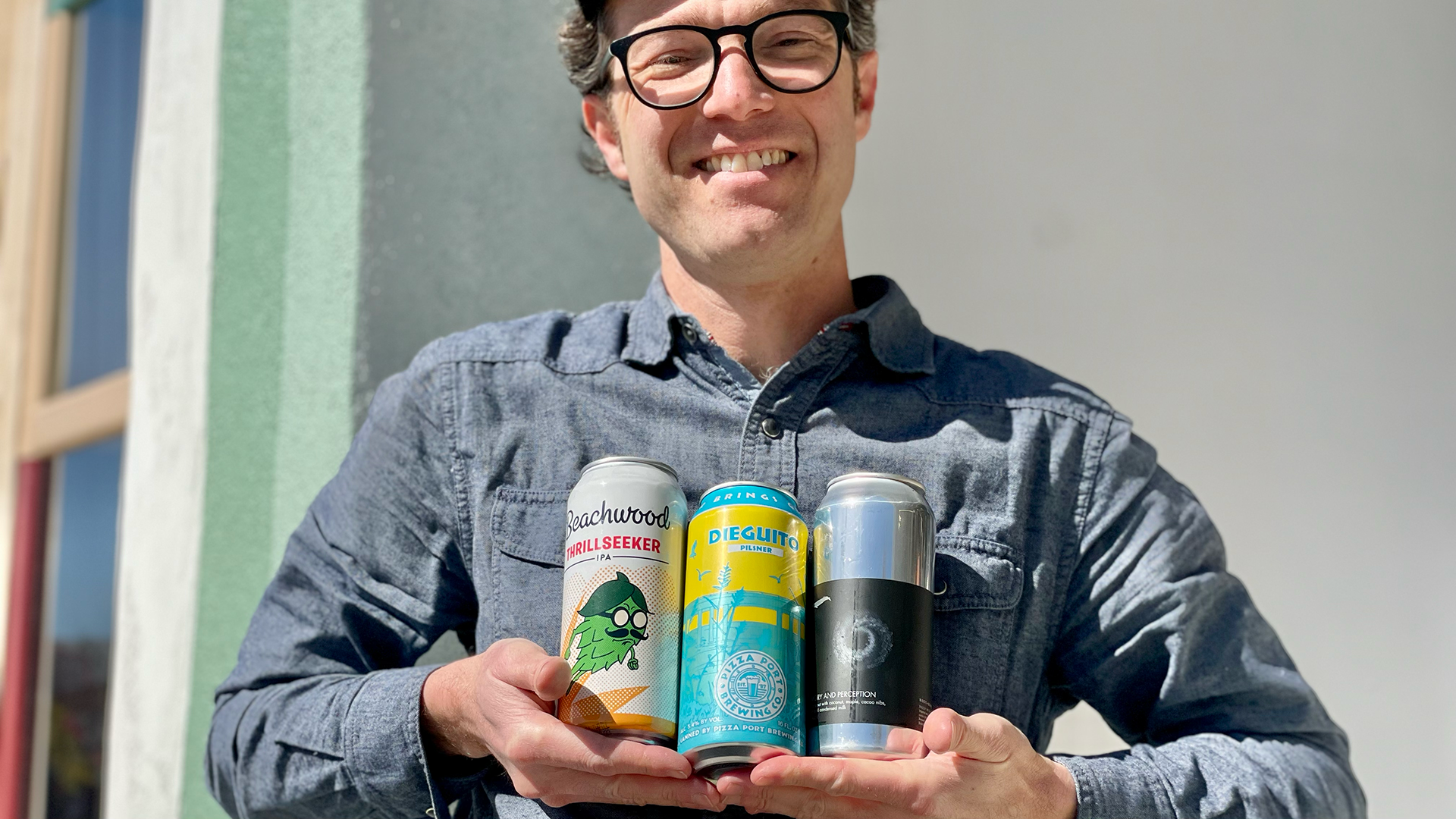
Beers of the Week February 14th, 2023
February 16, 2023
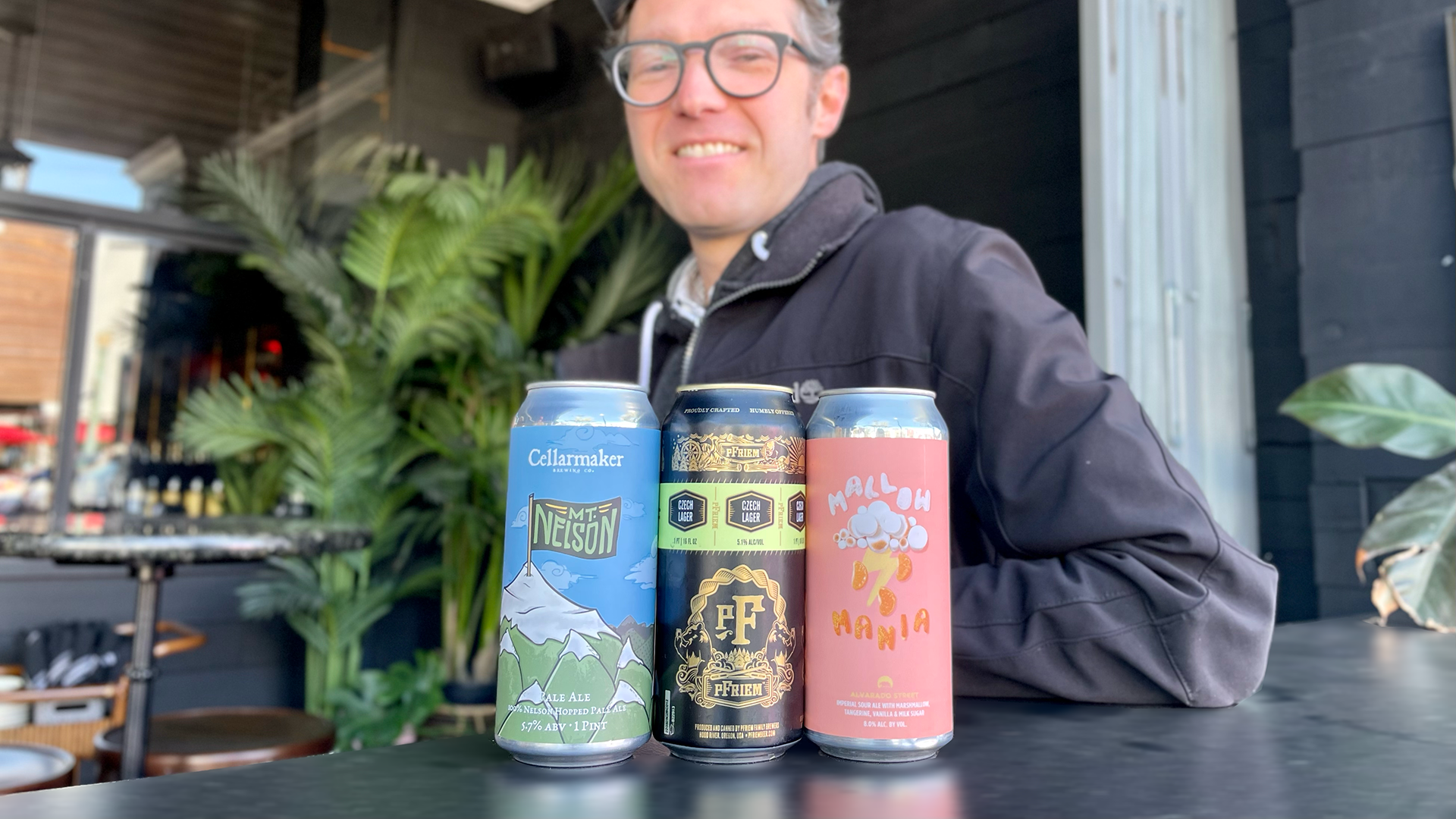
Beers of the Week January 30th, 2023
February 2, 2023
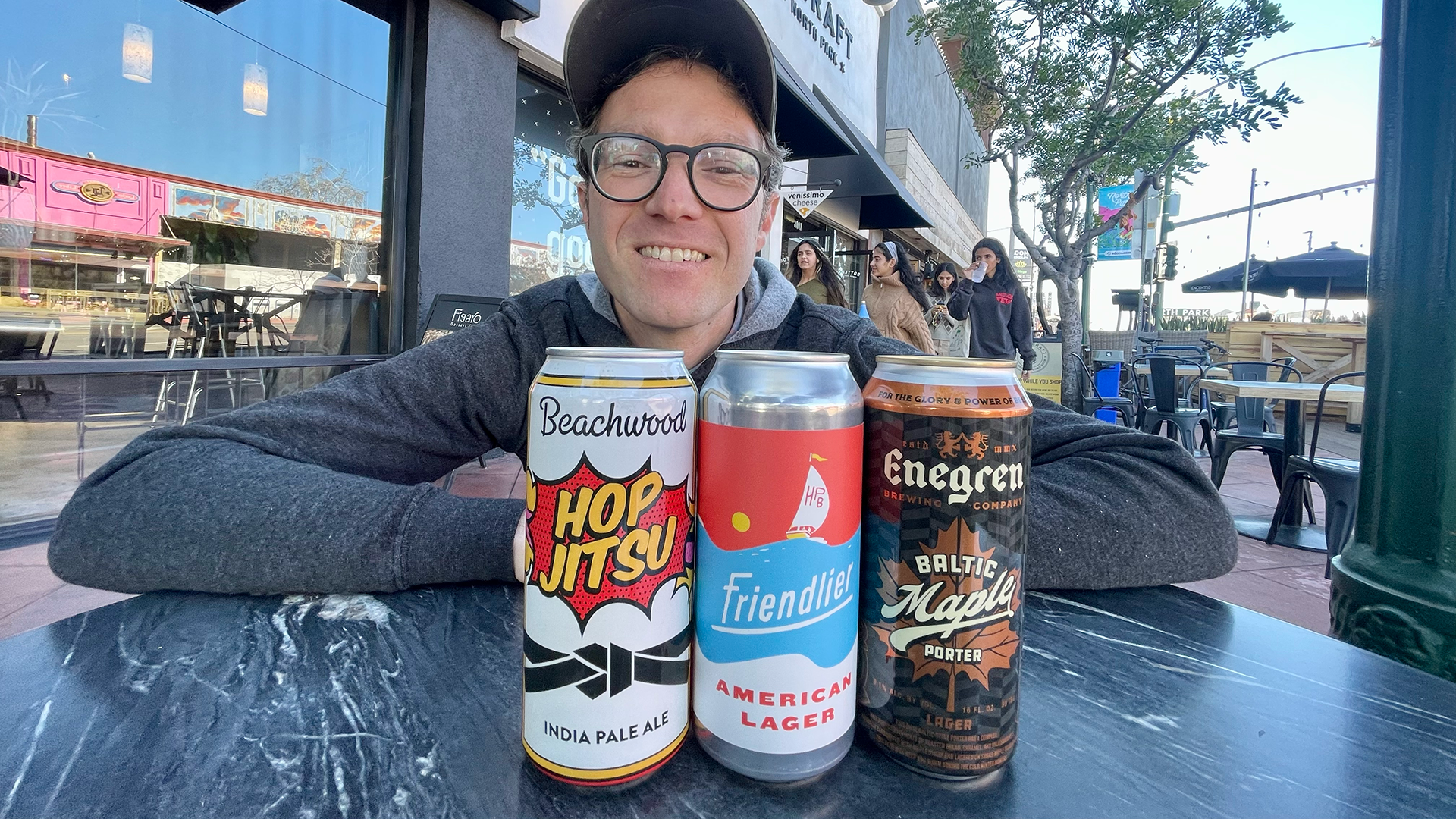
Beers of the Week January 23rd, 2023
January 25, 2023
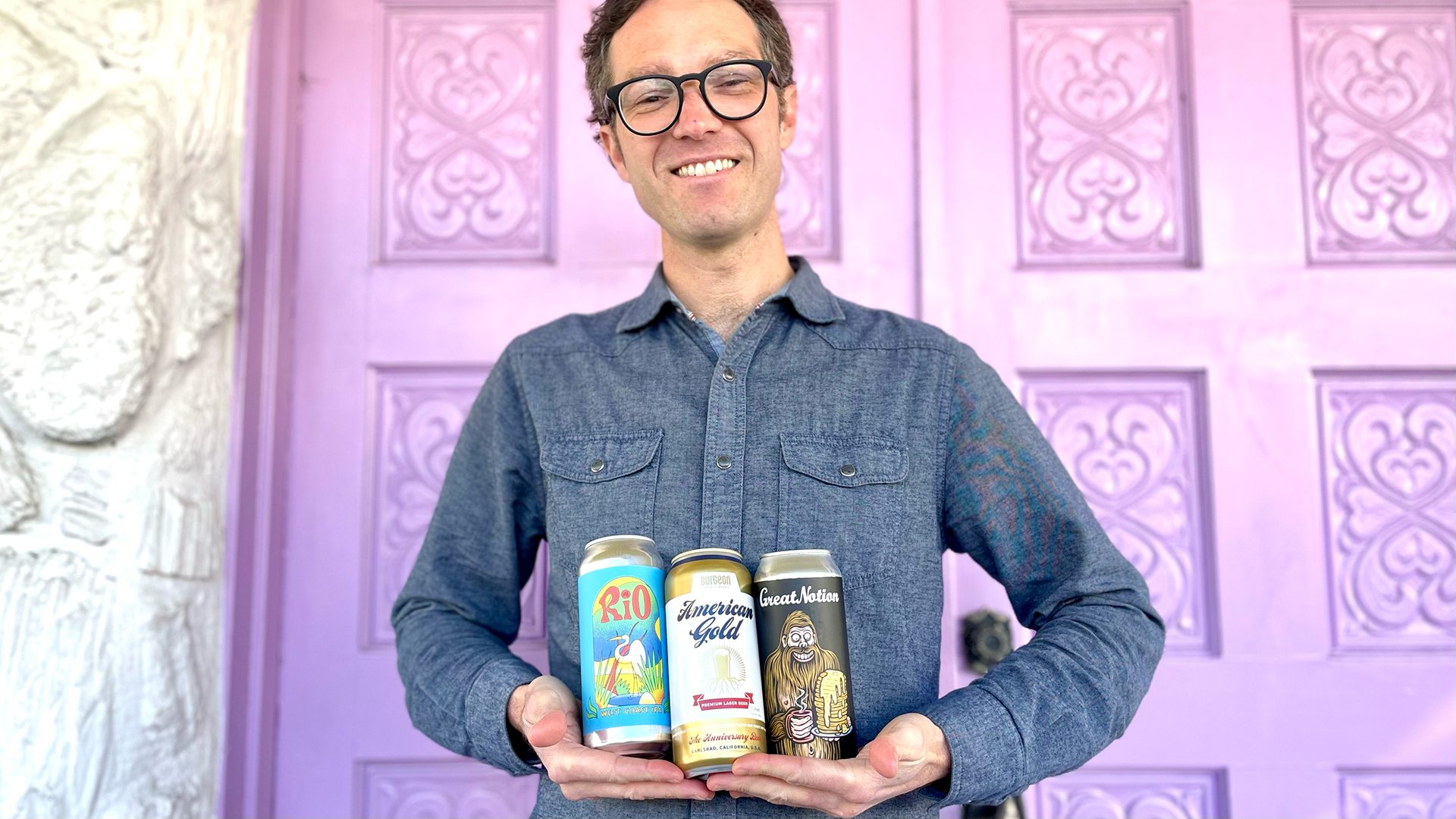
Beers of the Week January 16th, 2023
January 18, 2023
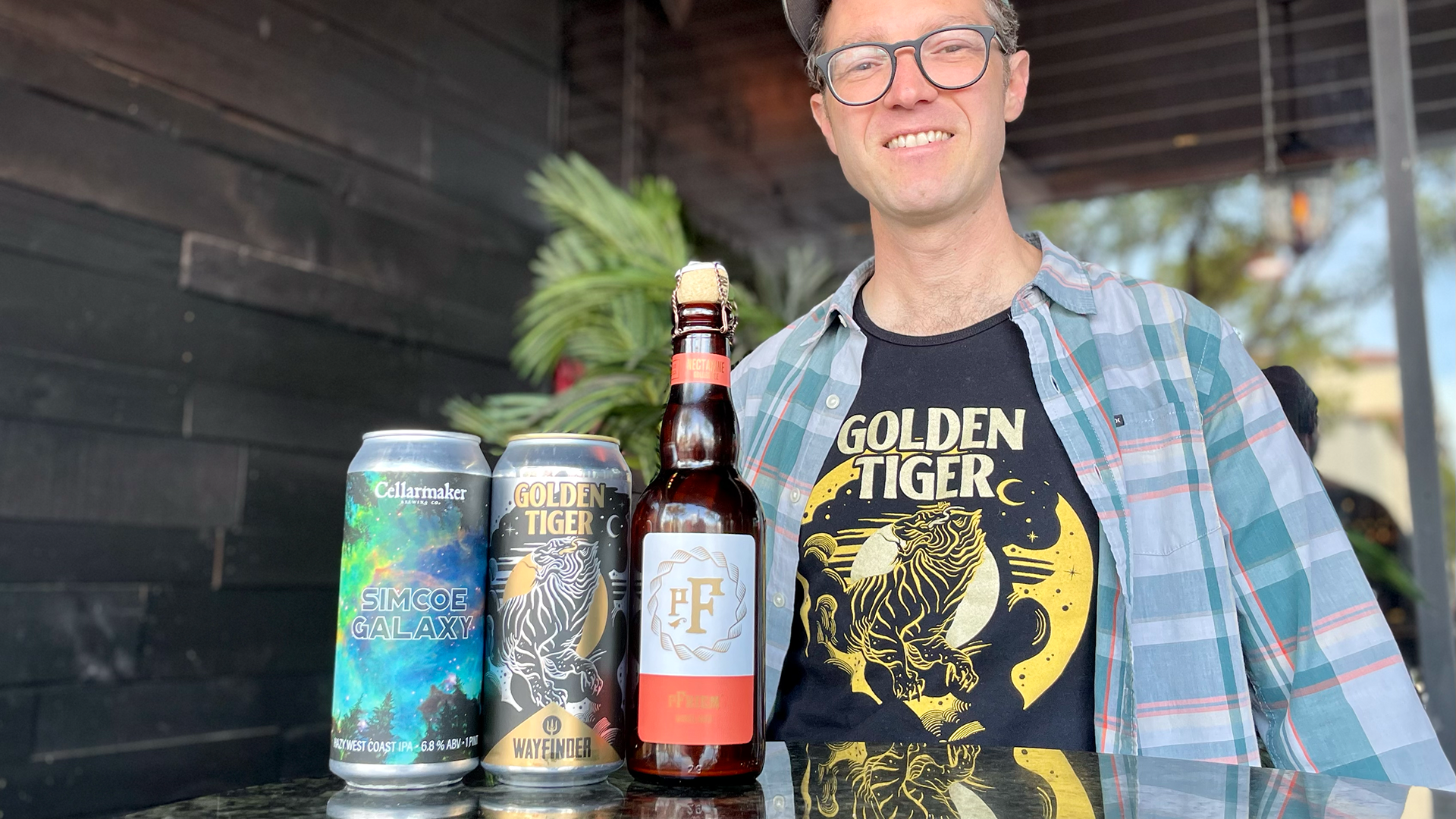
Beers of the Week January 11th, 2023
January 11, 2023
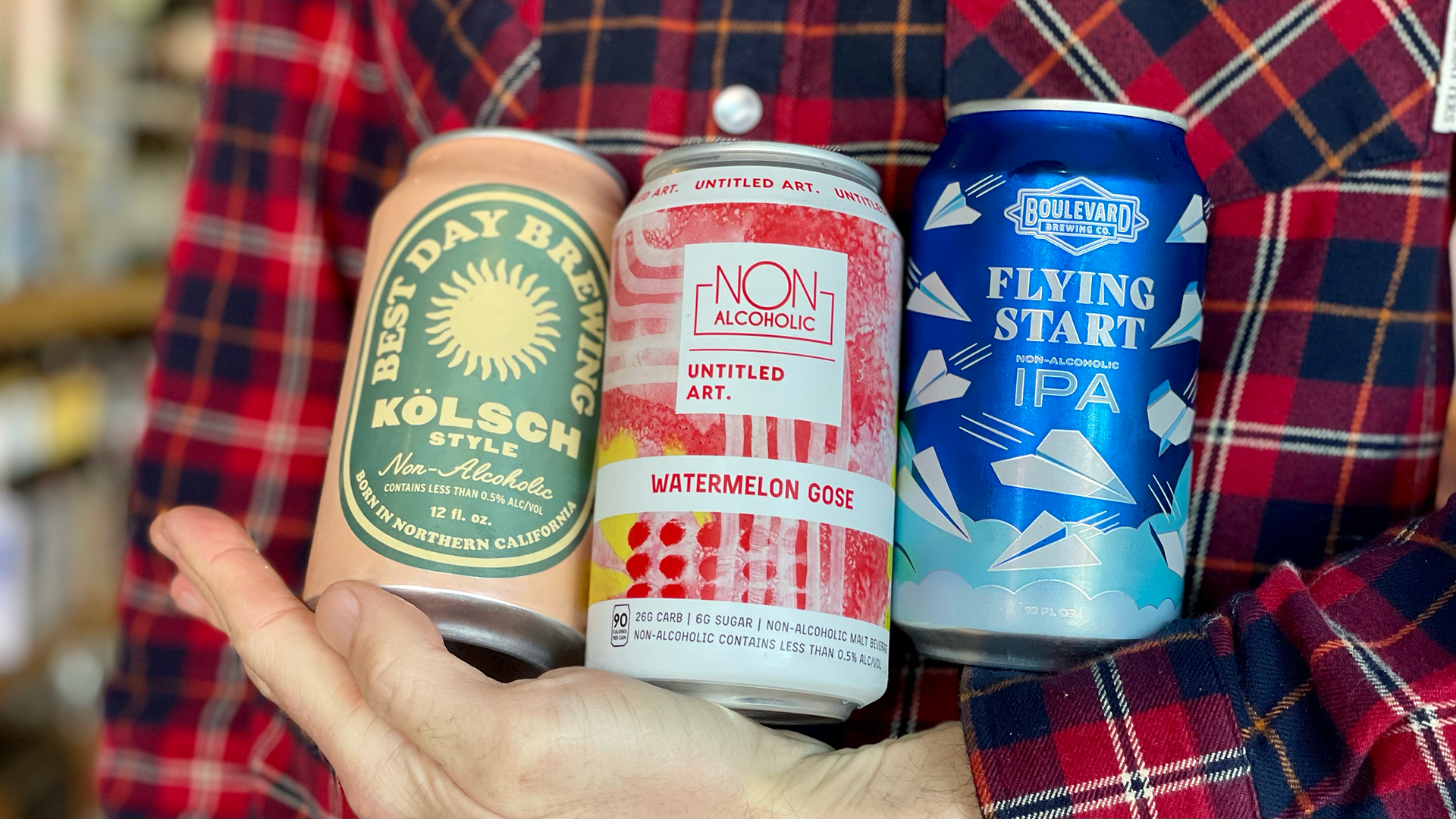
Beers of the Week January 4th, 2023
January 5, 2023
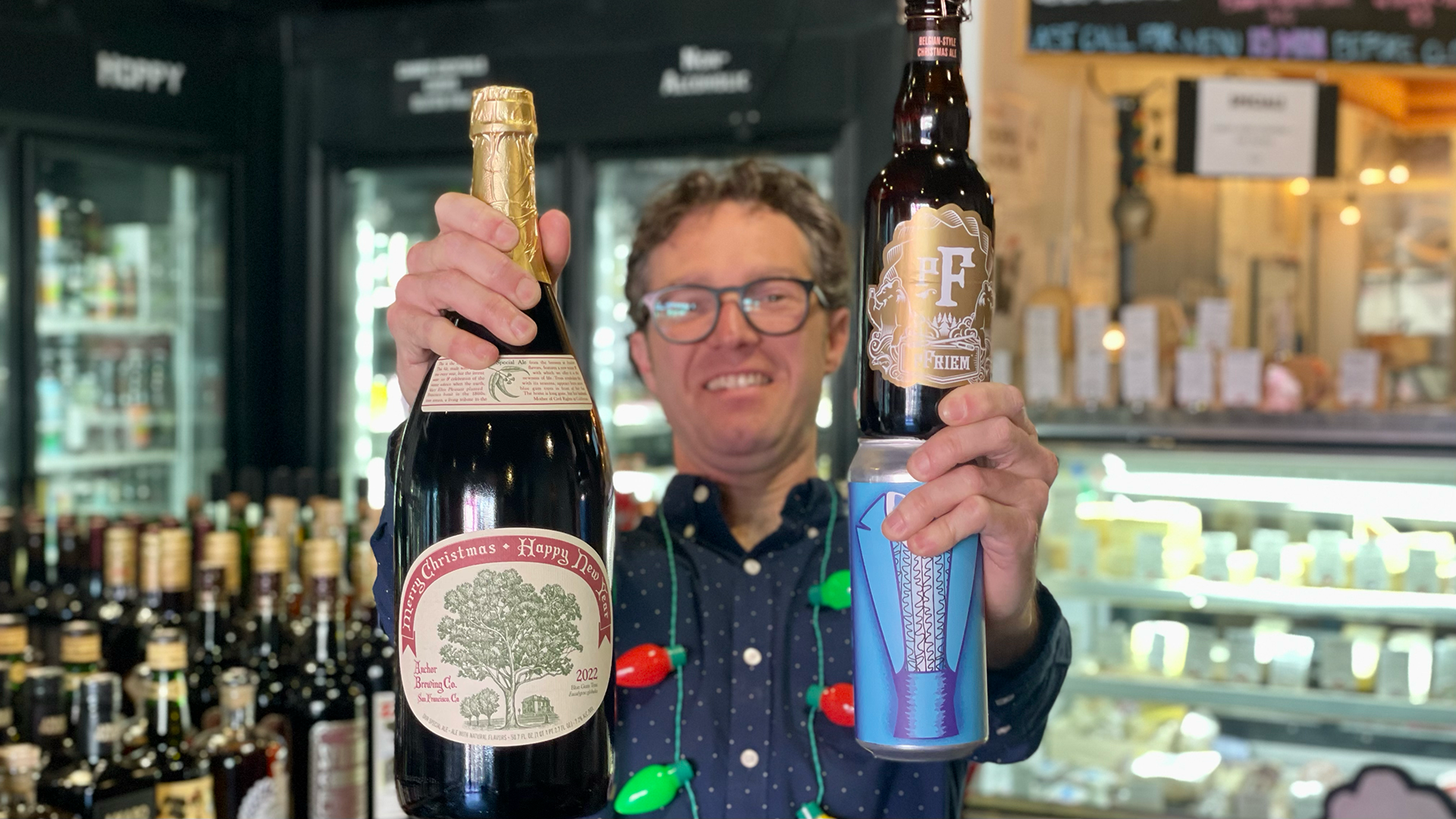
Beers of the Week December 22nd, 2022
December 22, 2022
We love beer! At Bottlecraft we curate the best local, domestic and international craft beer. On this blog, you will find beer shop news, updates, and weekly craft beer recommendations.
Our North Park location manager, Gene, picks his favorite beer releases each week. We regularly feature staff recommendations here as well as on our Bottlecraft Instagram. We certainly do our best to keep a good supply on hand, so don’t sleep on these limited brews because they go quick!
A uniquely Bottlecraft experience, you can find limited small batch beers alongside what’s pouring at any of our locations.
Additionally, check back regularly and learn about current and upcoming collaborations with our brewery partners.
